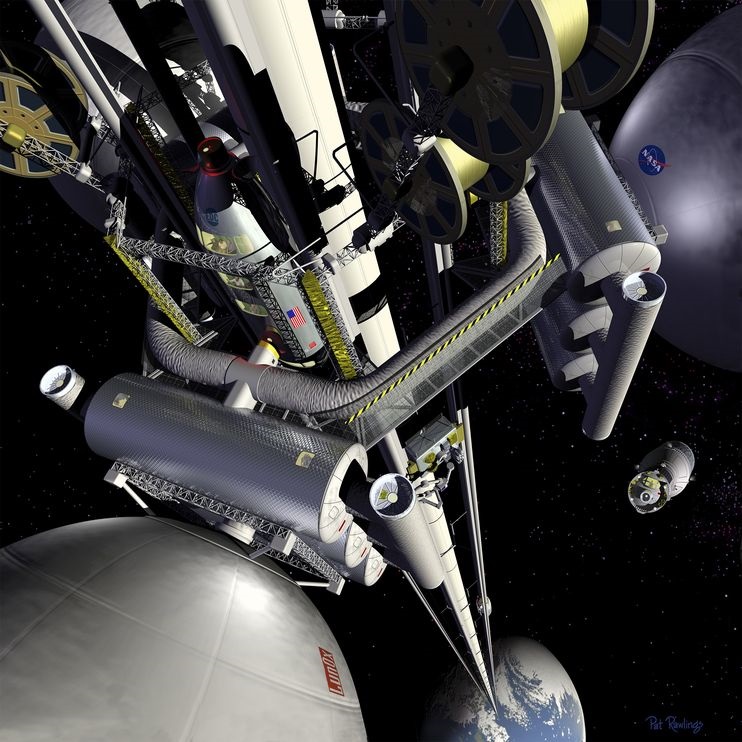 “‘I think in parallel to full space elevators, partial space elevators are definitely worth exploring more,’ says space engineer Stephen Cohen…Today’s materials aren’t strong enough to support a huge, full space elevator to those heights, the McGill University study argues. Instead, a much smaller elevator looks less far-fetched. ‘We could view it as the first building blocks of a [full] space elevator,’ says study co-author Pamela Woo of McGill University.”
“‘I think in parallel to full space elevators, partial space elevators are definitely worth exploring more,’ says space engineer Stephen Cohen…Today’s materials aren’t strong enough to support a huge, full space elevator to those heights, the McGill University study argues. Instead, a much smaller elevator looks less far-fetched. ‘We could view it as the first building blocks of a [full] space elevator,’ says study co-author Pamela Woo of McGill University.”
Also in space news, National Geographic makes the case for a “partial” space elevator, whereby ground launches would go into low-earth orbit to drop off their payloads. (See also this New Statesman article from August 2012.) “A space elevator untethered to Earth, with both of its ends hanging in space, might cut the costs of space travel to high orbit by 40 percent, researchers report.”


